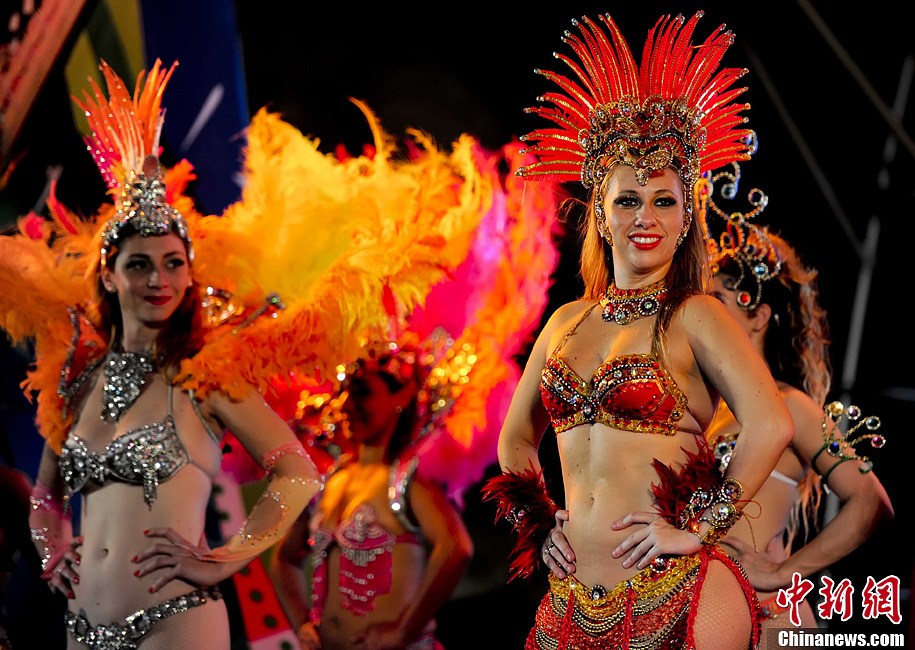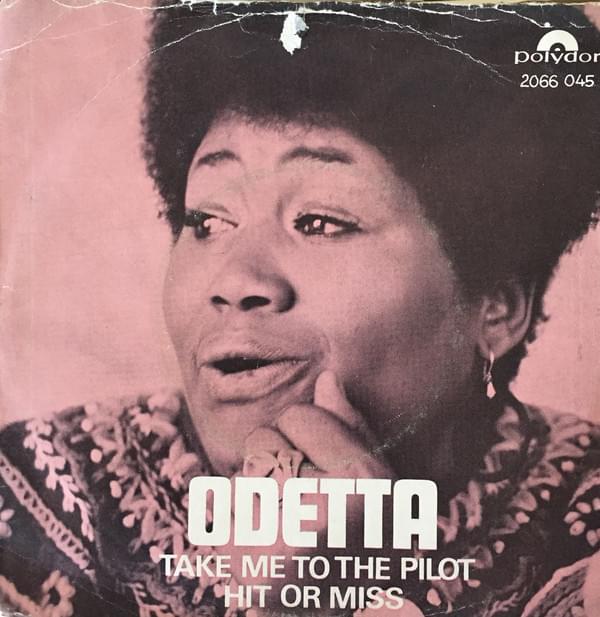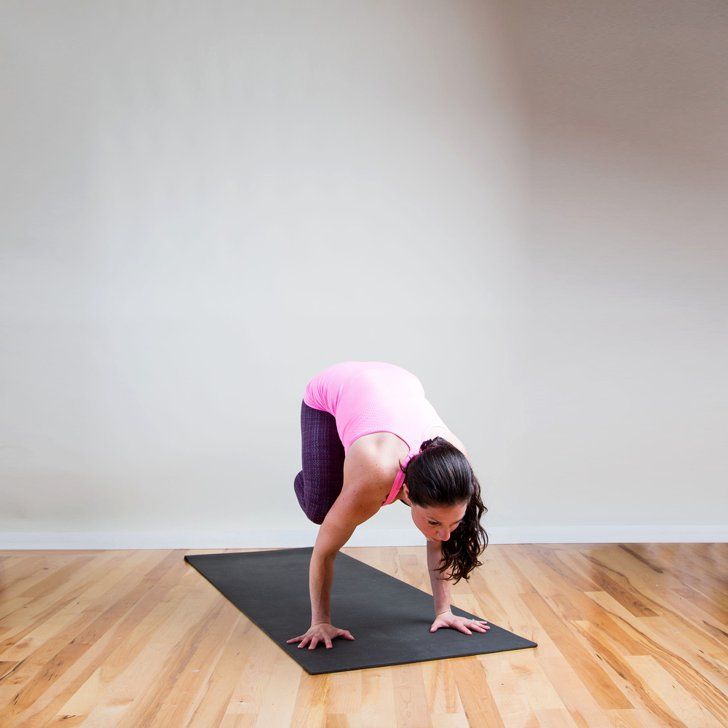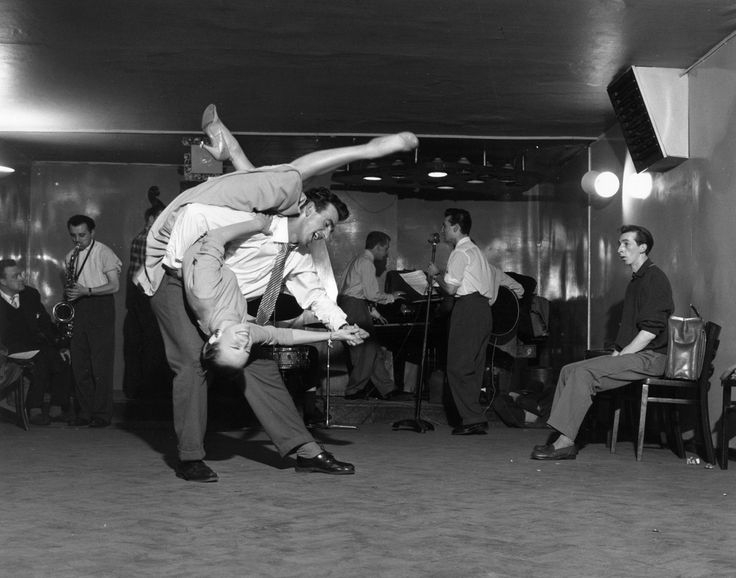How to dance the samba video
How To Dance Samba For Beginners (3 Samba Basic Steps) -
Learn 3 Samba dance steps in the International Latin style below.
Samba is one of the most popular Ballroom dances with unique styling and technique. In this ultimate guide for beginners you will learn the most basic samba steps, as well learn about the character of this dance and more.
Samba basic step #1 – Reverse Basic Movement:
Summary of Samba Basic Steps
Men:
Forward with left foot
Close right foot to left foot (Put partial weight on it)
Replace weight on the left foot
Back with the right foot
Close left foot to right foot (Put partial weight on it)
Replace weight on the right foot
Women:
Back with the right foot
Close left foot to right foot (Put partial weight on it)
Replace weight on the right foot
Forward with left foot
Close right foot to left foot (Put partial weight on it)
Replace weight on the left foot
Samba basic step #2 – Whisks:
Summary of Whisk steps:
Men:
Side with the left foot
Cross right foot behind left foot (Put partial weight on it)
Replace weight on the left foot foot
Side with the right foot
Cross left foot behind right foot (Put partial weight on it)
Replace weight on the right foot foot
Women:
Side with the right foot
Cross left foot behind right foot (Put partial weight on it)
Replace weight on the right foot foot
Side with the left foot
Cross right foot behind left foot (Put partial weight on it)
Replace weight on the left foot foot
Next: How To Count Samba
Samba Count Summary:
The Samba music is phrased in counts of 8 and the basic rhythm of it is: 1 a 2, 3 a 4, 5 a 6, 7 a 8.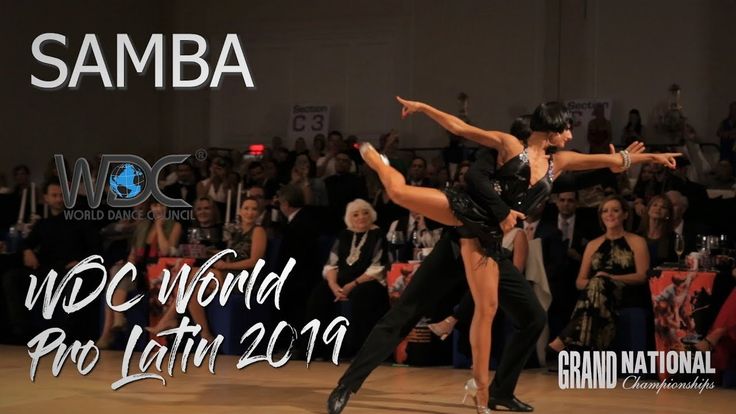 The beat value is 3/4, 1/4, 1 (For each 3 steps). This means that you would hold the first step for 3/4 of a beat, then make a very quick step which is only a 1/4, and the last step is 1 full beat. There are many other timings in Samba including Slow, Quick, Quick and 1/2, 1/2,1 and 1,2,3 (all equal) and more.
The beat value is 3/4, 1/4, 1 (For each 3 steps). This means that you would hold the first step for 3/4 of a beat, then make a very quick step which is only a 1/4, and the last step is 1 full beat. There are many other timings in Samba including Slow, Quick, Quick and 1/2, 1/2,1 and 1,2,3 (all equal) and more.
Lastly, What is the Samba?
The Ballroom style Samba got a lot of it’s character and influence from the Brazilian Samba. It has a very energetic dance with lots oh hip and body movement. One of the most important technical aspects of the Samba is that it uses what is called “bounce” technique where you bend and straighten your knees continuously through out the movements. Most of the beginner (Bronze level) moves all use this bounce technique.
Want More Dance Lessons?
We offer a membership that includes access to 250+ Ballroom and Latin dance videos online. Including American & International style videos.
Membership Info & Registration
Want More? Get More Dance Lessons:
More Samba Lessons
Cha Cha dance lessons
Rumba Dance Steps For beginners
East Coast Swing Dance Moves
Salsa Basic Steps
How To Dance Bachata
How To Waltz Dance
Any Questions? Please leave your comments below…
How to Dance Samba - Top 10 Basic SAMBA Steps for Beginners • Dance Insanity
Dance InsanitySamba
Welcome to this Beginner’s Guide to learn to dance the International Samba! You will start by learning the Top 10 Basic Samba Steps and we’ll build your dance skills from there. Sometimes, when you first start to dance, it may seem so overwhelming because there is so much to learn and understand and of course, do.
For the samba, this is especially true, because it has a variety of timings, and the steps and footwork can be a little more challenging. So, even if you’ve been dancing the Samba for a while, this is still a really good tutorial to reinforce some techniques and skills. You may very well pick up a few extra helpful tips here and there!
In this easy to follow 20 minute latin dance tutorial, you’ll be learning:
- The Top 10 Basic Samba steps for beginners (We show you the Leader parts and follower parts separately, as well as how to dance these 10 basic samba steps with a partner.
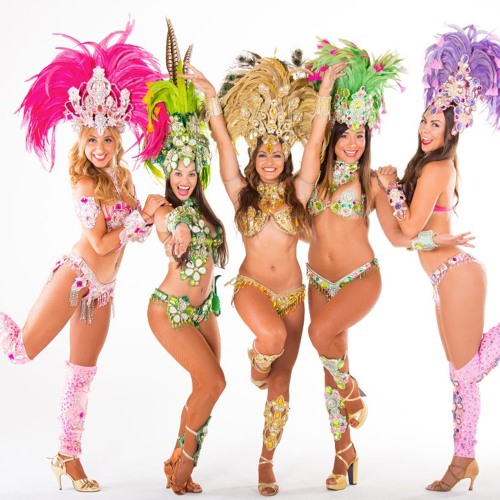 )
) - Simple partnering Techniques for Latin Ballroom dancing
- International Samba Timing and rhythms
- Common Samba mistakes and how to fix them
- Basic Samba Technique Tips
- Tips on leading
- Samba Timing
- A basic Samba dance routine that you can practice with these 10 basic steps.
- How to dance to music
- & MORE!
- The Top 10 Basic Samba steps for beginners (We show you the Leader parts and follower parts separately, as well as how to dance these 10 basic samba steps with a partner.
For those who want a little more challenge after this, you can check out some other videos such as:
Basic Samba Cruzados Walks (Beginner – Int Tutorial)
Basic Samba Top 5 Mistakes in the Bota Fogo and how to fix them (Intermediate Tutorial)
How to dance Samba Batucada 5 Ways (Advanced Tutorial)
And if this tutorial seems too fast/ too overwhelming for you, no problem! Start with this other How to do Samba Voltas Beginner Tutorial instead – where LiWen shows you the basic volta step very slowly. Remember, this is a new language, so slow down the video, take your time to watch, practice and repeat.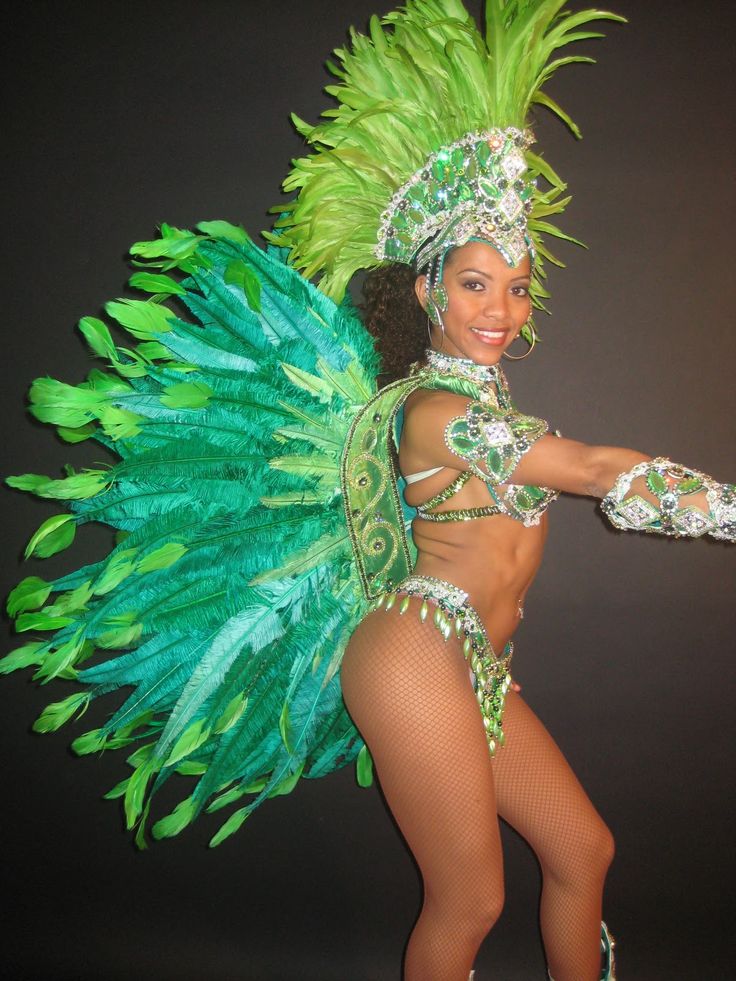 Move at the pace that works best for you. Most of all, have fun!
Move at the pace that works best for you. Most of all, have fun!
1. Samba (Reverse) Basic – 1:00
2. Whisk – 2:24
3. Stationary Samba Walk – 3:18
4. Volta – 4:05
5. Bota Fogo – 5:58
6. Under Arm Turn – 7:19
7. Promenade Samba Walk – 8:35
8. Side Samba Walk – 9:45
9. Criss Cross Voltas – 10:48
10. Criss Cross Bota Fogo – 13:04
Basic Samba Routine (with counts): 14:47
Basic Samba Routine (with music): 17:18
Learn Samba Timing – 19:21
Line of Dance (LOD) – 20:49
For each of the above steps, you’ll learn:
A. What the step looks like with a partner
B. Leader’s part
C. Follower’s part
D. Timing of the step with a partner
At the end of the 10 steps, you’ll put it together into a routine and finally dance along with us to music! OH YEAH! Try it out and if it’s too fast and makes you anxious, then just slow it down and do it without music until you’re comfortable with the speed.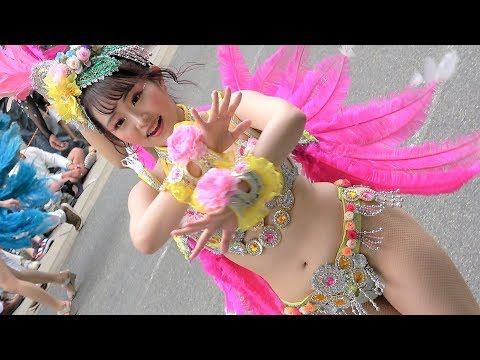
There is no hurry for you to learn it all at once. There is a lot of information, and body awareness as well as muscle memory that is required for Partner dancing. So, take your time, create some goals for what you want and start moving!
What is easy? What is challenging for you? Leave us a comment below. And if you have any questions, we’re happy to answer them. 🙂
You may also enjoy:
3 Insanely Easy Ways to Improve Your Samba Today
Samba Bota Fogo – Technique Breakdown
Cha Cha Technique Essentials Course
Get Fast Spins Course
Samba (Latin American Dance Program)
Samba Basics
Samba Score 1 a and a 2 (whole, three quarters, quarter whole) . For each count, there is an action of the foot or knee. -Rhythm of samba tou tou Tum - sharp.
Bounce action - occurs with the use of the legs, the center, the lower and middle parts of the back, in the upper back there is compensation + the use of the abdominal muscles to create a boundary of action.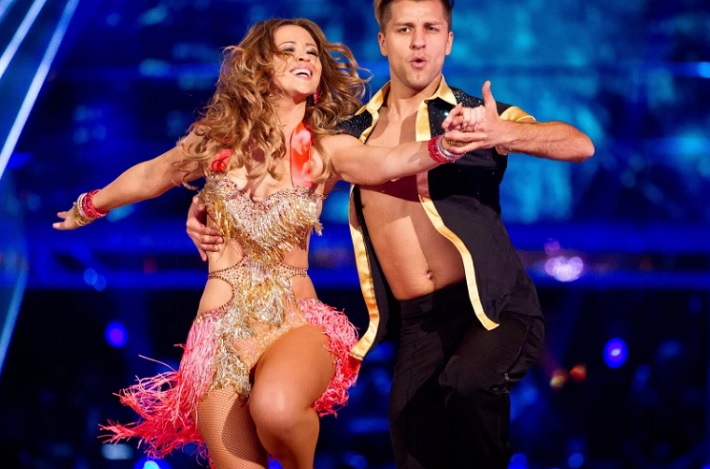 Foot - soft penetrating and pushing action.
Foot - soft penetrating and pushing action.
- Position in a pair: keep the shape and volume - raise your elbows, do not press your hands to the body.
- Fast weight transfer.
The varied rhythmic pattern of samba steps requires separate consideration. The score in the measure of samba is 1i - 2i. Thus, for one measure of music, either two slow steps, or two fast and one slow, or four fast steps can be performed. When performing dance figures that use samba bounce (spring action), a numerical method of counting is adopted. In figures where there is no samba-bounce, the rhythm of fast or slow steps is indicated as "fast" (B) or "slow" (M). Samba steps performed on the count of 1 and 2 involve dividing the two beats of the measure into 3/4 beat (1), 1/4 beat (a) and a whole beat (2).
A characteristic feature of samba is a springy movement or samba bounce (vertical rise and fall) performed by bending and straightening the knee and ankle of the skating leg. Straightening of the knees should be incomplete and performed without tension. Each rise and fall takes 1/2 beat of a measure of music; for the convenience of learning, an account is adopted. Starting from a bent knee position, the bounce rhythm will be: both 1 and 2, etc. When connecting the rhythm of the bounce with the rhythm of the steps, we get a new rhythm: and 1 and a 2 and so on.
Each rise and fall takes 1/2 beat of a measure of music; for the convenience of learning, an account is adopted. Starting from a bent knee position, the bounce rhythm will be: both 1 and 2, etc. When connecting the rhythm of the bounce with the rhythm of the steps, we get a new rhythm: and 1 and a 2 and so on.
The basis of samba is the sixth position of the legs, which is the starting position for almost all dance figures.
Steps forward are performed from the ball of the foot to the entire foot. Sometimes a step also begins with a heel, then this is separately specified in the description of the figure. Steps back are performed from the toe to the pad and then to the entire foot. Steps to the side are also done from the pads to the entire foot. Throughout the dance, the knees are slightly relaxed, the hips moving more forward and backward, and not side to side, as in cha-cha-cha or rumba. The movements of the hip joint should be soft and well controlled. When stepping forward, the body deviates slightly back, and when stepping back, it leans slightly forward, while the head is, as it were, the base of the pendulum.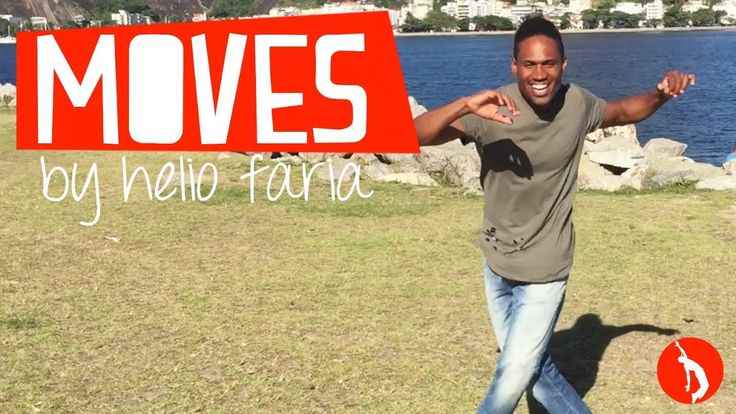 In samba movements, steps are used with incomplete transfer of body weight: the dancer transfers only part of his body to the supporting leg. A “false prefix” is also performed, when the performer, bringing the free leg to the supporting leg, does not step onto the free leg, but starts the next step from it. Leading the partner is carried out by the partner not only with the right hand, but also with the left, so the partner must keep both hands in tension in order to be ready for a change of direction. The orientation of the position of the couple relative to the hall is important, since samba refers to progressive or dynamic dances, the figures of which are performed with significant advancement. In the description of the figures (in pairs) the direction will be given for the partner.
In samba movements, steps are used with incomplete transfer of body weight: the dancer transfers only part of his body to the supporting leg. A “false prefix” is also performed, when the performer, bringing the free leg to the supporting leg, does not step onto the free leg, but starts the next step from it. Leading the partner is carried out by the partner not only with the right hand, but also with the left, so the partner must keep both hands in tension in order to be ready for a change of direction. The orientation of the position of the couple relative to the hall is important, since samba refers to progressive or dynamic dances, the figures of which are performed with significant advancement. In the description of the figures (in pairs) the direction will be given for the partner.
Backstroke: 3 stages - leg in front with a natural turn of the toe, bending the leg at the knee and building a straight perpendicular line from the toe to the knee, slight tilt of the body forward, bringing the leg back to collect the knees, pushing out from the supporting leg. Emphasis on the knee - tends forward and is fixed for a moment. Knee work, repulsion, attack.
Emphasis on the knee - tends forward and is fixed for a moment. Knee work, repulsion, attack.
Video dance lessons - dance lessons at a convenient time.
- Home >
- Destinations >
- Dances for adults >
- Video lessons
| Body ballet Video lessons | Victoria Kostina | Body ballet | access via link | ||||||
| Adult ballet Video lessons | Galiya Sagdeeva | Adult ballet #1 | access via link | ||||||
| Plastic strip Video tutorials | Victoria Kostina | Plastic strip | |||||||
| Oriental dance Video lessons | Marina Bankina | beginner | access via link | ||||||
| Ballet for adults Video lessons | Galiya Sagdeeva | Adult ballet #2 | access via link | ||||||
| Barre Fitness Video Lessons | Victoria Kostina | workout 2 | access via link | ||||||
| Latina solo Video lessons | Artem Novikov | Cha-cha-cha | access via link | ||||||
| Latina solo Video lessons | Artem Novikov | Rumba | access link | ||||||
| Stretching Video tutorials | Victoria Kostina | Stretching | access via link | ||||||
| Barre fitness Video tutorials | Victoria Kostina | workout 1 | access via link | ||||||
| Samba Video lessons | Artem Novikov | Samba | access via link | ||||||
| Jive Video lessons | Artem Novikov | Jive | access link | ||||||
| Body Make Video tutorials | Diana Butuzafi | Body Make | access via link |
Online dance lessons at home at a convenient time for you.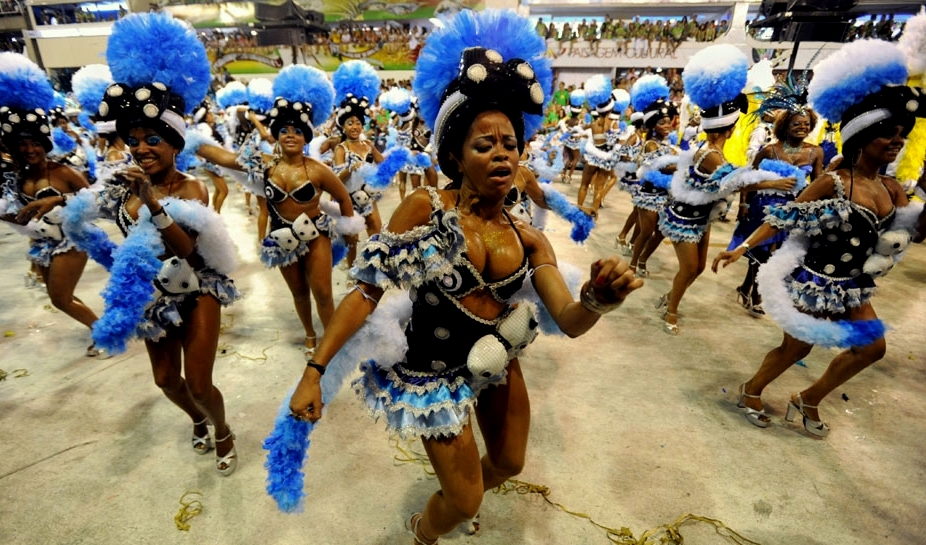
Today, all over the world, the epidemic has forced people to stay at home. We started moving less. From widespread anxiety, the mood worsens and the immune system weakens. And right now, the body needs physical activity and pleasant bright emotions more than ever!
Dancing is well known to improve physical and mental health. A surge of adrenaline, inspiration and energy. Plus, they help you lose weight.
To be in good shape and remain self-confident, we offer classes in the format of video lessons. Our favorite choreographers are ready to delight you with new online lessons!
Learn new moves and repeat old combinations by watching the recording at your convenience. It is not necessary to buy in courses, as other studios offer. Pay separately for each lesson on a specific topic of interest.
The price is not an unimportant factor in our difficult time - it is no more than half of the cost of full-time education $250 for one lesson (from 55 min.